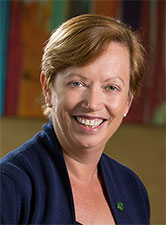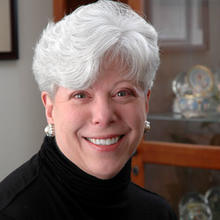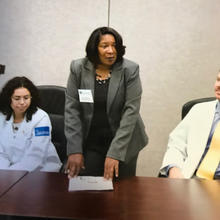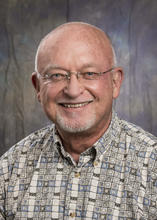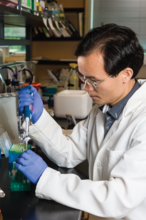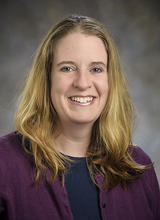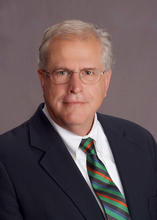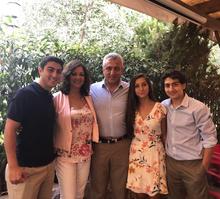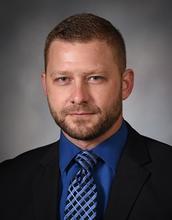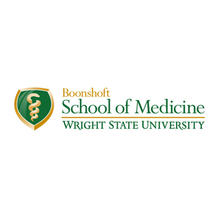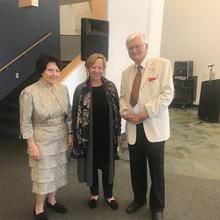At the Boonshoft School of Medicine, we are uniquely positioned to lead in impacting lives through education, research, and service. Our faculty and alumni serve diverse populations in complex environments, in Dayton and around the world. Together, we are unlocking new knowledge that will transform life for future generations.
And yet, in many ways, our scientists and clinicians are still fighting diseases of the past. One of the biggest challenges we face is the resurgence of communicable diseases that were once thought conquered.
There clearly has been great success in preventing and treating these diseases, as millions enjoy a better quality of life and longer lifespans. But regrettably, the advances that modern medical science has made are making people less fearful of the infectious diseases that once devastated humanity. We have come so far that the public can take for granted the gains delivered by lifesaving vaccines and medications.
In this edition of Vital Signs, we consider this challenge. There are many kinds of communicable diseases, from those that are sexually transmitted to those spread via droplets in the air or passed on through poor hygiene. Prevention is as simple as hand washing, or immunization, while others require advanced treatments.
You will learn about one of our charter class alumni who, in the 1980's, led the fight against HIV in Dayton. At the time, this devastating illness was running rampant. Today, AIDS is a manageable chronic condition, and preventable.
The disease still ravages third-world countries, where many of our medical students work as volunteers and learners. In countries like the Republic of Congo, they contend with shortages of medications and supplies to save lives. You will read about three of our alumni who all have had newborns named in their honor after helping Congolese mothers give birth. And just north of Africa, in the Persian Gulf nation of Qatar, we share the story of an alumna and pediatrician who aided in the launch of a world-class hospital.
I am delighted that this edition includes the story of a long-running program that takes our first-year medical students to Dayton’s Kiser Elementary School, where they perform physical exams and introduce youngsters to potential careers in medicine. We also feature an alumna who was the oldest to ever graduate from our medical school, and a faculty member whose research may soon uncover novel treatments for lung cancer.
Without a doubt, we’re continuing to lead the way in improving health, both in our communities and beyond. Our faculty, staff, alumni, and friends all play a role in extending how far we reach. Our successes have ignited the passions of others, and our compassion continues to touch lives everywhere.
I am grateful for the continued support of the Wright State family. We are at the forefront of the incredible advances being achieved in medicine, and none of it would be possible without our community. Thank you for your tireless dedication and heartfelt encouragement as we work together to reach the next great medical milestone.
Margaret Dunn, M.D., M.B.A., FACS
Dean

